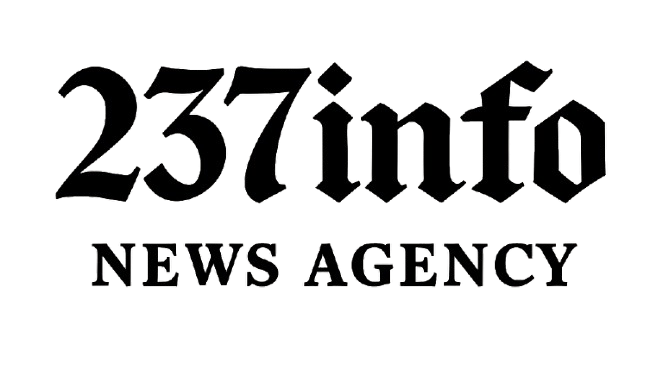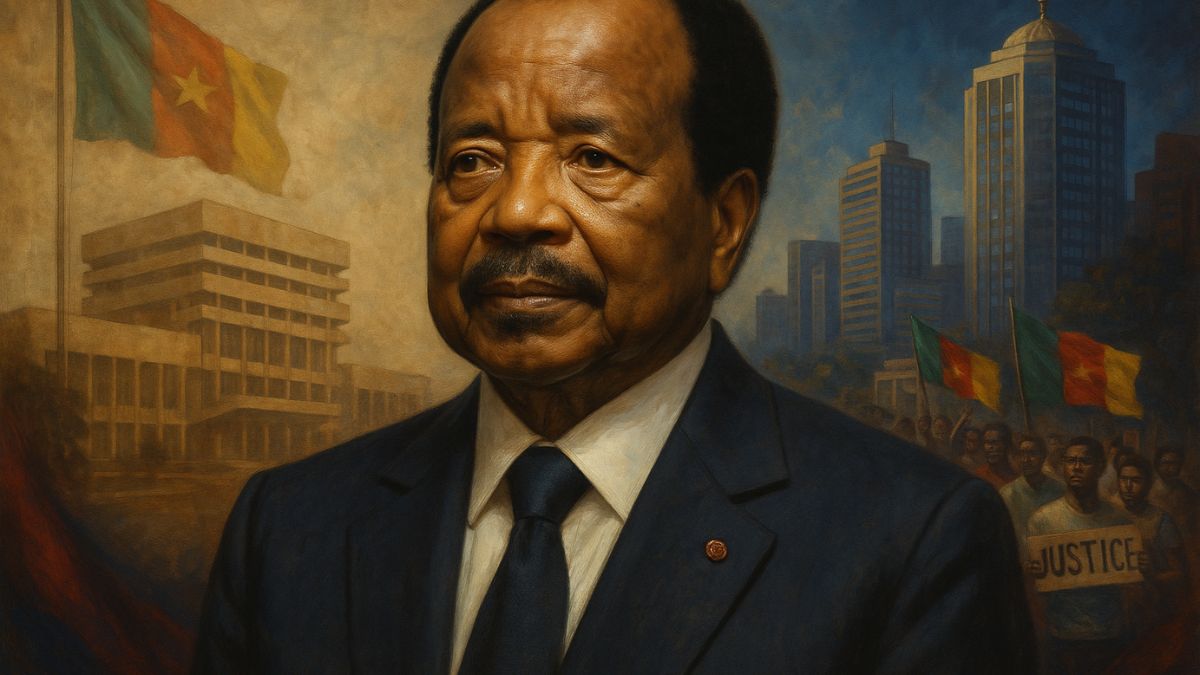Few African leaders have shaped their nation’s destiny as deeply—or as controversially—as Paul Biya, the President of Cameroon. With more than four decades in power, Biya is not only Africa’s longest-serving president, but one of the most enduring political figures in the world. As Cameroon approaches a critical crossroads ahead of the 2025 elections, his long-standing rule remains a topic of both admiration and intense debate.
This article explores the political legacy of Paul Biya, assessing his rise to power, the consolidation of his regime, the impact of his governance on Cameroonian society, and what the future might hold as the curtain begins to draw on an era of exceptional longevity.
Who Is Paul Biya?
Born on February 13, 1933, in Mvomeka’a, a small village in southern Cameroon, Paul Biya comes from the Bulu subgroup of the Beti-Pahuin people. He received an elite education in France, studying public administration and law—an academic foundation that later paved the way for his ascent in the post-independence bureaucracy.
Biya’s early career was defined by his service under Cameroon’s first president, Ahmadou Ahidjo, rising through the ranks to become Prime Minister in 1975.
The Path to Power: From Prime Minister to President
Paul Biya became president in November 1982 when Ahidjo unexpectedly resigned. Though this transition was initially peaceful, tensions emerged soon after. In 1984, a failed coup attempt reportedly orchestrated by Ahidjo loyalists gave Biya the opportunity to consolidate his power by purging rivals, centralizing authority, and strengthening the role of the presidency.
By the end of the 1980s, Biya had transformed from a quiet bureaucrat into a dominant political figure, entrenched at the top of a one-party system.
Consolidating the Regime: A Strongman in a Changing Africa
Throughout the 1990s and 2000s, as many African nations embraced democratization, Biya adapted without relinquishing control.
Key Strategies for Staying in Power:
- Controlled Multiparty Democracy:
In response to international pressure, Biya legalized opposition parties in 1990. However, electoral commissions remained under executive control, and elections have consistently been marred by accusations of fraud and manipulation. - Constitutional Engineering:
In 2008, parliament—dominated by Biya’s Cameroon People’s Democratic Movement (CPDM)—amended the constitution to eliminate presidential term limits, allowing him to run indefinitely. - Divide and Rule Tactics:
Biya has maintained control by exploiting ethnic and regional divides, especially between the Francophone majority and Anglophone minority. - Military Loyalty:
His government invests heavily in the military and security forces, ensuring their loyalty. Key military positions are often filled by close allies.
Achievements and Support
Supporters of Paul Biya often cite several key achievements during his tenure:
1. Stability in a Volatile Region
Despite unrest in neighboring countries like the Central African Republic and Nigeria, Biya has largely kept Cameroon free from large-scale civil war (with exceptions in recent years).
2. Macroeconomic Management
Under Biya, Cameroon has maintained moderate growth rates, diversified its economy, and attracted foreign investment, particularly in infrastructure projects like the Kribi Deep Sea Port and Lom Pangar Dam.
3. Diplomatic Prestige
Biya has maintained strong ties with both France and China, and he is often viewed as a stabilizing elder statesman within the Central African region.
Controversies and Criticism
However, Biya’s legacy is deeply divisive. Critics argue that his long rule has done more to entrench dysfunction than to build prosperity.
1. Democratic Deficit
Biya’s repeated electoral victories—often with suspiciously high margins—have been widely condemned by international observers for lacking transparency and fairness.
2. Authoritarianism and Human Rights Abuses
Under his regime:
- Opposition leaders have been jailed or intimidated.
- Independent media is suppressed through censorship and arrests.
- Civil society organizations face heavy restrictions.
Human Rights Watch and Amnesty International have documented numerous human rights violations, especially in the context of the Anglophone crisis and anti-government protests.
3. The Anglophone Crisis
Beginning in 2016, peaceful protests in the English-speaking regions were met with violent repression. The government’s militarized response helped ignite a full-scale separatist conflict, which has displaced over 700,000 people and cost thousands of lives.
4. Aging Leadership and Absenteeism
At over 90 years old, Biya is often absent from public life and reportedly spends significant time in Switzerland. Critics argue that Cameroon is ruled remotely, with governance often grinding to a halt in his absence.
5. Corruption and Mismanagement
Cameroon consistently ranks poorly on Transparency International’s Corruption Perceptions Index. Elite enrichment, opaque public contracts, and embezzlement scandals have undermined development.
Impact on Daily Life
Political decisions under Biya’s rule have a profound effect on the lives of everyday Cameroonians:
- Youth Unemployment remains high, despite government pledges and programs.
- Education and healthcare are underfunded, especially in rural areas.
- Decentralization policies have stalled, leaving local governments under-resourced and powerless.
For many, Biya’s Cameroon is a country with elite-led growth but widespread poverty—where basic services are lacking and upward mobility is limited.
The Succession Question
A major concern today is the question of succession. With no clear successor named, and no obvious political heir apparent, many fear a power vacuum or instability upon Biya’s eventual departure.
- Will the CPDM maintain unity post-Biya?
- Could military or oligarchic forces step in?
- Will opposition parties be allowed to operate freely in a post-Biya era?
These questions are increasingly urgent as Biya prepares to potentially contest the 2025 presidential elections.
Legacy in Perspective
What Will History Say About Paul Biya?
Positive Interpretations:
- A symbol of continuity and peace in a turbulent region.
- A diplomatic heavyweight who preserved national sovereignty.
Critical Views:
- A ruler who overstayed his welcome.
- A central figure in Cameroon’s democratic stagnation and growing inequality.
- An architect of authoritarian control masked by formal democracy.
Biya’s legacy, like that of many long-serving leaders, will depend largely on how his era ends—and how his successor leads.
Conclusion: Paul Biya’s Lasting Imprint
Paul Biya: Legacy of Africa’s Longest-Serving President is a tale of endurance, centralization, and contradiction. While credited with bringing relative peace and state continuity, his leadership has also stifled democratic growth, widened inequalities, and fueled regional unrest.
As Cameroon stands on the edge of political transition, the legacy of Paul Biya will continue to shape the nation’s trajectory—long after he leaves office.
💬 What Do You Think?
How should Paul Biya’s presidency be remembered? Is he a stabilizing force or a symbol of stagnation? Share your thoughts in the comments.

